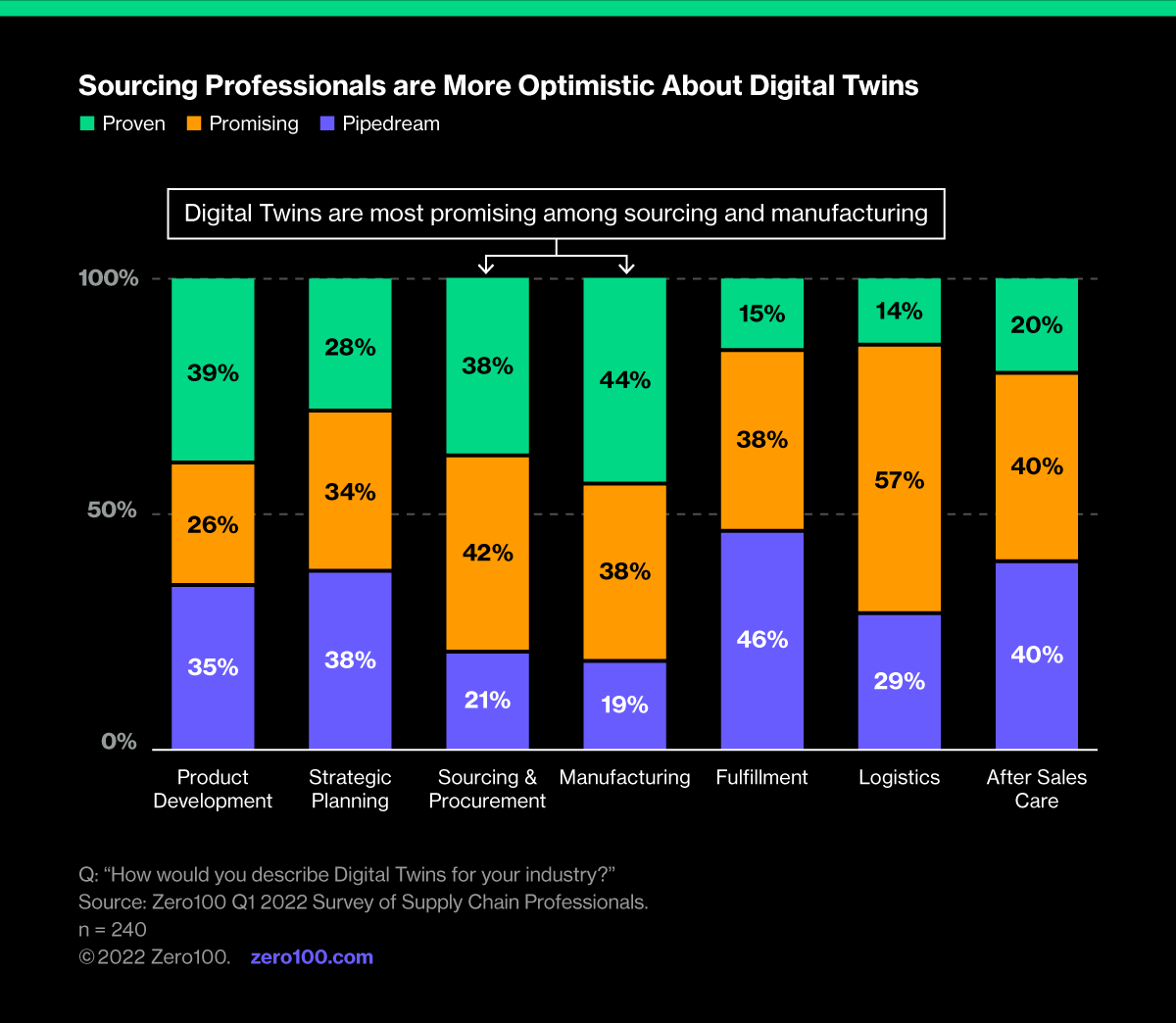
Is Product Lifecycle Management (PLM) Asleep at the Switch?
We may at long last have the analytical tools and processing power to fully comprehend and learn from product lifecycle management (PLM). Mastering the power of AI to accelerate supply chain learning on sustainable, money-making consumer products needs to start with PLM.
AI for supply chain is raging through the world of operations right now. The prospect of using its power for faster system learning promises to make supply chains more responsive, more resilient, and more responsible, largely because the data that describes how materials move from the earth to consumers and back again may finally be digestible in its entirety. In other words, we may at long last have the analytical tools and processing power to fully comprehend and learn from product lifecycle management.
So where are the PLM vendors and why haven’t they seized the high ground?
Windchillin’
In a recent note on Engineering.com, PTC’s President Jim Heppelmann is quoted from the keynote at their recent user conference. He said PTC’s vision was focused on “the transition from virtual to physical product, and the need to seamlessly track change variability across the lifecycle.” Boom!
For supply chain leaders looking to get a closed-loop grip on the provenance of their inputs, the process by which they add value in manufacturing, the promises made to customers when they sell, and the regeneration of their business in terms of money, material, and continuous learning this vision is perfect. So why is PTC’s stock price only twice what it peaked at in 1998?
Maybe data that should be in PLM systems is still spread out all over the place. Maybe the master data strategies companies are using to corral this full lifecycle data are not centered on product as an organizing framework. Maybe PLM systems have not moved fast and far enough onto cloud architectures. Maybe the leading PLM vendors are just a little too fat and happy selling to a largely captive engineering buyer. Maybe all these things.
What a shame.
Why it Matters
AI is already at work all over supply chains, including in the use of digital twins. This AI-enabled planning tool has become one of the hottest technologies out there for everything from simulating supply networks for risk mitigation to designing detailed workflows in an automated factory. Nvidia stock is up six-fold since COVID and 100-fold since the first internet bubble, largely because of its ability to render these digital twins in epic detail and at speed. Supply chain leaders want to use AI for these kinds of problems.

The actual data in these digital twins, like those simulating automotive plants like BMW or aerospace assembly operations like Airbus, mostly comes from PLM vendors’ design packages including CATIA from Dassault Systemes, Allegro from Cadence, and Creo from PTC. These old-school, but still amazing CAD systems, have done the hard part of converting physical reality into digital renderings so rich and deep that engineers can predict with precision how the metal, plastic, or microchip will perform in the real world.
Why then, are these systems generally not connected to all the easier stuff like alphanumeric data describing suppliers, inventory lot numbers, compliance certifications, customers’ names, and service records? If these data sets were consistently linked to all the product details in these PLM systems brand owners would have a much easier time making and keeping promises on sustainability, product performance, and end-of-life disposal.
It's not a fantasy. Engineering-heavy businesses have done this for years including not only aerospace and automotive, but machinery and heavy equipment. It is also about to become law in the US for pharmaceuticals and is broadly something consumers think supply chains should already be doing with everything from coffee to cobalt.
Anchor Closed-Loop Supply Chain Data Strategies in PLM
A truly closed-loop, regenerative supply chain is one where the product’s full story is transparent to all. That is precisely what Scope 3 carbon accounting is meant to cover. For most consumer products this is still impossible.
Traceability is a holy grail for business and sustainability leaders because people expect supply chains for clothing, food, toys, and tools to be responsible. Unfortunately, legacy supply chain systems were mostly designed to focus on cost minimization, which means we’re trying to retrofit item-level traceability on a mass-production environment. It’s impossible.
Mastering the power of AI to accelerate supply chain learning on sustainable, money-making consumer products would be fantastic. It needs to start with PLM.